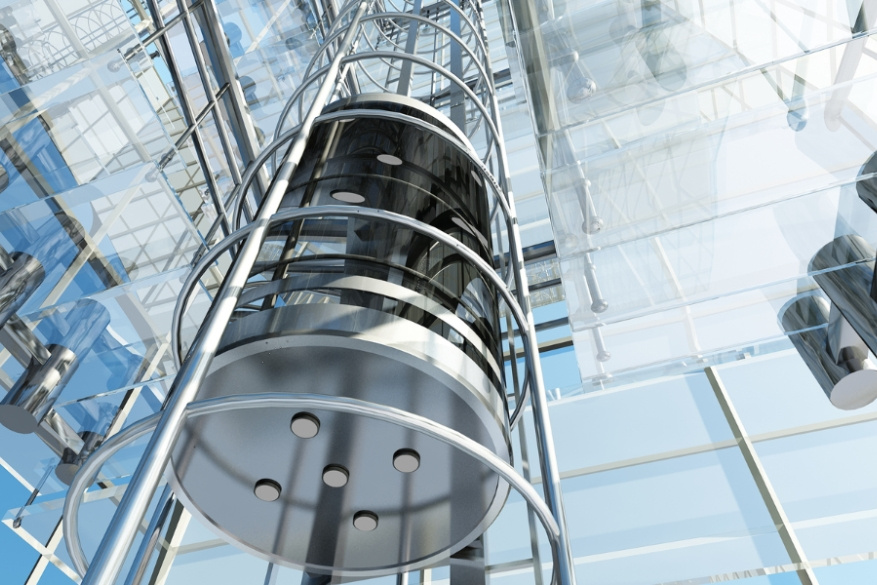- Quem Somos
- Produtos
- Acesso a Clientes
- Notícias
- Contato
- Ecommerce
- Marketing e Vendas:
+34 954 514 500
sales@hidral.com
This website uses its own and third-party cookies to improve our services and collect information about your browsing. If you click "accept" or continue browsing, we will consider that you accept the use and installation of your device or device. You will find more information in our Política de cookies.
09/02/24

Architectural design has moved beyond mere functionality to become an expression of aesthetics and technological innovation. Residencial lifts have positioned themselves at the centre of this revolution, not only as elements of convenience but as crucial components that define the character and accessibility of buildings. The reality is that integrating these lifts into residential and commercial projects requires a deep understanding of the importance of vertical mobility, adapting to the needs of an increasingly diverse and accessibility-conscious population.
From their beginnings as luxurious additions to mansions and high-end buildings, residential lifts have come a long way. Today, their presence in modern architectural design is testimony to their evolution into affordable, efficient and aesthetically pleasing solutions. Technological advances have allowed these lift systems to integrate harmoniously with the style and structure of buildings, offering customised solutions that meet the comfort and design expectations of end users.
The integration of residential lifts into architectural design goes beyond practicality, it is about fusing aesthetics with functionality. Modern architects and designers consider these elements as key pieces in conceptualising spaces that are both accessible and visually striking. They offer an elegant solution to design challenges, such as optimising space and improving accessibility, while maintaining clean lines and a coherent spatial flow.
Sustainability is a central concern in contemporary architectural design. Residential lifts contribute significantly to this goal, thanks to innovation in environmentally friendly technologies. The latest models are characterised by energy efficiency and operating systems that minimise environmental impact. By integrating solutions that prioritise sustainability, architects are not only designing buildings that respect the environment, but also offer long-term benefits in terms of operating costs and maintenance.
The incorporation of lift systems in private residences and multi-family buildings is not only a reflection of luxury, but also a measure that significantly improves the quality of life. Residential lifts allow people of all ages and abilities to move freely and without restrictions, eliminating the physical barriers often present in multi-level structures. The independence
they offer users, especially the elderly or those with reduced mobility, is invaluable, making living spaces more inclusive and accessible.
Accessibility has become a pillar of modern architectural design, with a focus on creating environments that are usable by as many people as possible. Residential lifts play a crucial role in this approach, facilitating inclusive design by ensuring that all users can access all areas of a building with ease.
This not only complies with accessibility regulations, but also reflects a social commitment to inclusion. By integrating elevation solutions such as residential lifts, the architects demonstrate careful consideration for the needs of all residents and visitors, reinforcing the importance of building more inclusive communities.
Customisation has emerged as a key trend in the lift industry, with manufacturers offering options tailored to a project's exact specifications and customer desires. From designs that perfectly complement the interior of a residence to advanced technologies that offer quieter and more efficient operations, the ability to customise lifts allows for seamless integration into any architectural project. This flexibility in design and functionality ensures that each installation not only meets the practical needs but also enriches the aesthetic ambience of the building.
Hidral stands out in the lift market for our commitment to innovation, quality and customer satisfaction. Offering a diverse range of lift solutions, including residential lifts, we serve multiple architectural and personal needs.
We maintain our focus on customisation, coupled with a strong commitment to sustainability and environmentally friendly technology, which positions us as an ideal partner for projects seeking to integrate lifts with high aesthetic, functional and ecological value. By choosing Hidral, customers benefit from decades of experience, continuous innovation and exceptional service that together raise the standard of living and accessibility in modern buildings.